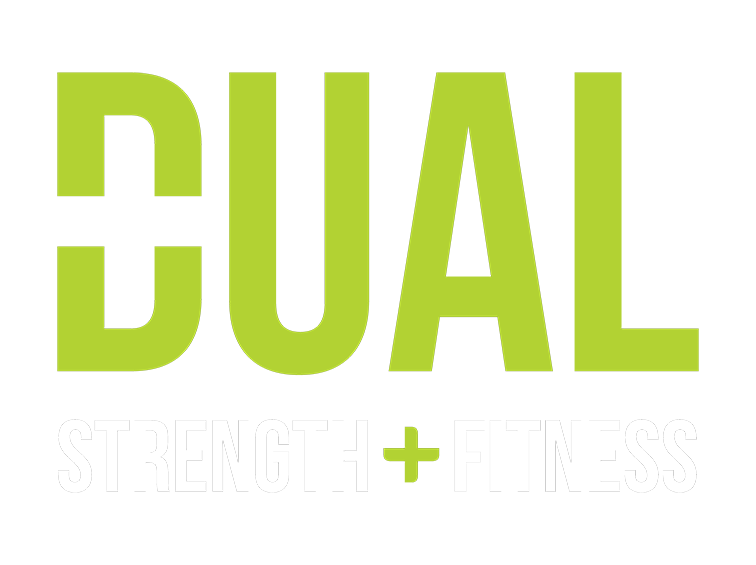Maximising Recovery: Strategies for Post-Hyrox Race Week
After pushing your body to the limits in a Hyrox race, prioritising recovery is crucial for optimal physical and mental rejuvenation.
A well-structured recovery week can enhance muscle repair, replenish energy stores, and prevent burnout. In this article, we'll explore advanced hydration techniques, nutrition strategies, sleep optimisation, and contrast therapies to help your post-race recovery process.
Hydration Strategies: During a Hyrox race, significant fluid loss occurs through sweating, leading to dehydration and electrolyte imbalances. Rehydrating with electrolyte-rich fluids like coconut water or sports drinks can aid in restoring fluid balance and replenishing lost minerals. Additionally, incorporating a hydration strategy that includes pre- and post-race fluid intake based on individual sweat rates can optimise hydration status and ease recovery.
Nutrition Strategies: In the days following a Hyrox race, focusing on nutrient-dense foods that support muscle repair and glycogen replenishment is essential. Consuming a balanced ratio of carbohydrates, proteins, and healthy fats can promote recovery and reduce muscle soreness. Incorporating antioxidant-rich foods such as berries, leafy greens, and nuts can also mitigate inflammation and oxidative stress induced by intense exercise. Moreover, timing protein intake strategically within the post-race window can enhance muscle protein synthesis and speed up recovery. Ideally aim for 1 to 1.3 grams of protein per lb. of bodyweight, for the next 2-3 days.
Sleep Optimisation: Quality sleep is paramount for recovery and performance optimisation post-race. Prioritising sleep hygiene practices such as keeping a consistent sleep schedule, creating a conducive sleep environment, and minimising screen time before bed can promote restorative sleep. Additionally, incorporating relaxation techniques such as meditation or deep breathing exercises can help relaxation and enhance sleep quality.
Contrast Therapies: Contrast therapy, alternating between hot and cold treatments, can accelerate recovery by improving circulation, reducing inflammation, and alleviating muscle soreness. Utilising contrast showers or immersion baths post-race can promote vasodilation and vasoconstriction, enhancing nutrient delivery to muscles and helping metabolic waste removal. Implementing contrast therapy sessions for 10-15 minutes, alternating between 1-3 minutes of hot and cold exposure, can optimise recovery outcomes.
Conclusion: Incorporating advanced hydration, nutrition, sleep optimization, and contrast therapies into your recovery week following a Hyrox race can hasten the recovery process, minimize post-race fatigue, and enhance overall performance. By implementing these evidence-based strategies, athletes can ensure they bounce back stronger and more resilient for future competitions.
If you need any help with any of the topics raised above or wish to speed up your recovery, please reach out to Alan and book a recovery session with him.
References:
Aragon, A. A., & Schoenfeld, B. J. (2013). Nutrient timing revisited: is there a post-exercise anabolic window? Journal of the International Society of Sports Nutrition, 10(1), 5.
Burke, L. M., et al. (2019). International Association of Athletics Federations Consensus Statement 2019: Nutrition for Athletics. International Journal of Sport Nutrition and Exercise Metabolism, 29(2), 73-84.
Close, G. L., et al. (2016). The emerging role of free radicals in delayed onset muscle soreness and contraction-induced muscle injury. Free Radical Biology and Medicine, 98, 29-35.
Fullagar, H. H., et al. (2015). Sleep and athletic performance: the effects of sleep loss on exercise performance, and physiological and cognitive responses to exercise. Sports Medicine, 45(2), 161-186.
Halson, S. L. (2014). Sleep in elite athletes and nutritional interventions to enhance sleep. Sports Medicine, 44(Suppl 1), S13-S23.
Hohenauer, E., et al. (2015). The effect of post-exercise cryotherapy on recovery characteristics: a systematic review and meta-analysis. Ploss One, 10(9), e0139028.
Sawka, M. N., et al. (2007). American College of Sports Medicine position stand. Exercise and fluid replacement. Medicine and Science in Sports and Exercise, 39(2), 377-390.
Vaile, J., et al. (2008). The effect of contrast water therapy on symptoms of delayed onset muscle soreness. Journal of Strength and Conditioning Research, 22(6), 1880-1886



